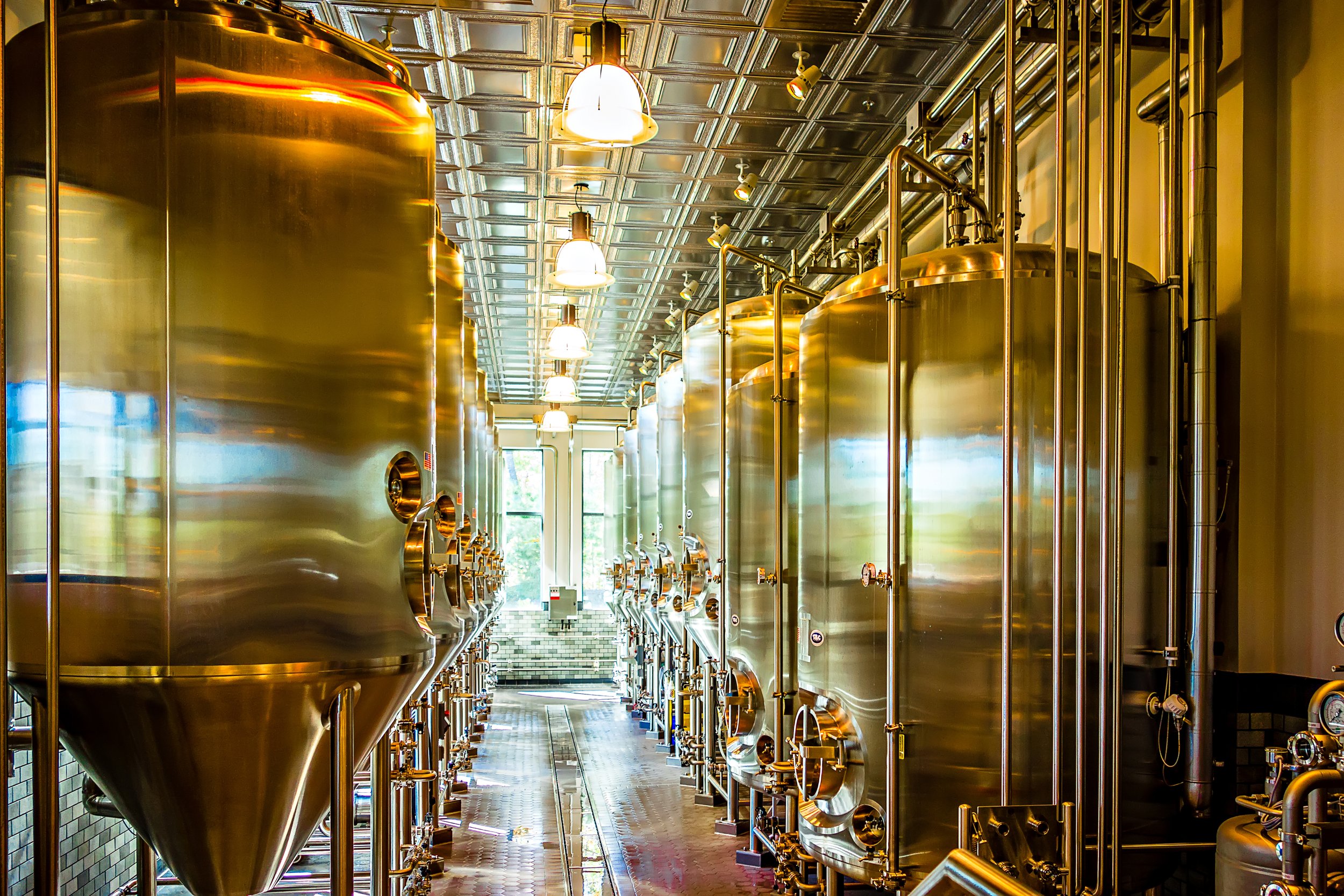
New technology enables what was previously impossible - paving the way for new categories of beer.
“In my 30-year career in beer, wine and spirits, I have yet to encounter aromatic extracts that are as sensorially-accurate and true-to-life as the aromatic oak barrel extracts produced by Evaporative Extraction.”
Ian L. Ward, Founding President of Brewers Supply Group (BSG); former CGO at Rahr Corporation. (BSG is North America’s largest supplier of beer, wine, and spirits ingredients.)
Nearly all wine and almost all spirits benefit from the subtle balancing properties of oak. So why isn’t oak used in all beer?
PROBLEM 1:
Time is required to impart desirable barrel-aged aromatics, but time is not always good for beer
More time in a barrel means more desirable oak aromas, but time can also produce undesirable flavors and age-related compounds that negatively impact the flavor and freshness of beer.
Beer that has been aged for an extended time presents strong age-related flavors that do not appeal to a majority of the drinking public, limiting the market potential of barrel-aged beers.
SOLUTION 1:
With a perfect copy of barrel aromatics, time is not required
Evaporated barrel aromatics can be infused directly into beer in minutes in the bright tank. The best aromatic qualities of barrel or oak aging can be imparted into fresh beer, completely avoiding age and oxygen-related beer problems and undesirable flavors.
Even light lagers and ales can benefit from evaporated barrel aromatics while maintaining the crisp, clean, and delicate flavors that appeal to the vast majority of beer consumers.
PROBLEM 2:
Low alcohol beer cannot be barrel or oak chip aged without the risk of becoming infected
A standard 5% ABV beer can become infected if barrel or oak aged. For beer to be barrel or oak aged, it typically must contain over 12% ABV to prevent undesirable microbial growth.
Demand for high ABV beer is low. Most consumers do not want to drink 12% ABV beers, and many laws and venues prohibit the sale of beer over 5% ABV, limiting its market potential.
SOLUTION 2:
Without the barrel or extended oak aging time, there is no risk of infection
Evaporated barrel aromatics are sterile and will not introduce undesirable organisms into to beer. Time is not required to impart complex and desirable oak barrel aromatics to beer, so there is no added risk of infection due to aging.
Beer of any alcohol content can have barrel-aged aromatic profiles, enabling mass market appeal and entirely new categories of beer.
PROBLEM 3:
Conventional oak extracts are not a substitute for barrel or oak aging
No other extraction technology has been able to capture the true essence of oak in a way that replicates barrel aromatics imparted by time.
Current oak extracts lack the vibrant aromatic profiles that make a great oak-aged beer, wine, or spirit. Even the best currently available oak extracts either (1) taste artificial or (2) have almost no aroma.
Current oak extracts contain high levels of oxidized tannins that react with beer proteins and create unpredictable beer haze.
SOLUTION 3:
Evaporated barrel aromatics impart authentic aromatic profiles and do not contain oxidized tannins.
Our barrel aromatics are directly evaporated and captured from former wine and spirits barrels using our exclusive, internationally patented Evaporative Extraction process.
Depending on the barrel source, our evaporated barrel aromatics can impart aroma components of the original barrel contents into beer or seltzer – but without materially altering the alcohol content. If French oak barrels are used instead of spirits barrels, softer French oak aromatics are imparted.

Let’s try this in some beer!
HOW TO TEST IN BEER
A simple beer evaluation starting point guide
The addition of barrel aromatics to beer can do everything from balancing subtle beer flavors, increasing beer character and complexity, or even infusing cocktail-like distilled spirits aromatics to make beers take on a cocktail-like nature. We encourage experimentation!
As an initial starting point, we recommend pouring a few 12-ounces glasses of the same beer type and comparing different dose levels of aromatics to an undosed beer. We have found that barrel aromatics are best in the beer types below. When making production batches of beer, we recommend adding aromatics into the bright tank.
IMPORTANT NOTE: Please do not allow evaporated aromatics to sit in an empty glass for more than a few seconds before adding beer. The aromatics will evaporate into the air and dissipate if not added to another liquid. Add the recommended dose of aromatics to the glass and fill immediately.
(See dose chart at bottom of page.)
Light Lagers and Ales
Primary Use
Very low dose rates to balance and unify flavors, reduce grain and cereal notes, and improve perceived beer quality
Recommended Barrel Aromatics
French Oak Aromatics; Light to Medium Toast
American Oak Aromatics; Light Toast
Recommended Dose:
200 to 500 parts per million, depending on the flavor profile of the beer. For quick bench testing in a 12-ounce beer, add sample aromatics to a clean glass and then immediately pour beer to mix.
Amber Lagers and Ales
Primary Use
Moderate dose rates to balance and unify flavors, improve perceived beer quality, and increase complexity and character.
Recommended Aromatic Types:
French Oak; Light, Medium, and Dark Toast
American Oak Aromatics; Medium and Dark Toast; Whiskey and Rum barrel
Recommended Dose:
200 to 600 parts per million, depending on the flavor profile of the beer. For quick bench testing in a 12-ounce beer, add sample aromatics to a clean glass and then immediately pour beer to mix.
Stouts and Porters
Primary Use
High dose rates to increase complexity, boost oak aromatics, and to impart barrel-aged spirits like character.
Recommended Aromatic Types:
American Oak Aromatics - Medium and Dark Toast; Whiskey and Rum barrel
French Oak Barrel Aromatics - Dark Toast
Recommended Dose:
1,000 to 3,000 parts per million, depending on the flavor profile of the beer. For quick bench testing in a 12-ounce beer, add sample aromatics to a clean glass and then immediately pour beer to mix.
Dose Chart for 12-Ounce Beer Pour:
IMPORTANT NOTE: Please do not allow evaporated aromatics to sit in an empty glass for more than a few seconds before adding beer. The aromatics will evaporate into the air and dissipate if not added to another liquid. Add the recommended dose of aromatics to a 12-ounce glass and fill immediately with beer.
200ppm - 0.07mL
250ppm - 0.08mL
300ppm - 0.11mL
400ppm - 0.14mL
500ppm - 0.18mL
600ppm - 0.21mL
1,000ppm - 0.30mL
1,500ppm - 0.45mL
2,000ppm - 0.60mL
2,500ppm - 0.75mL
3,000ppm - 0.9mL
Detailed Dose Chart:
To download a PDF copy of a fully-detailed dosing chart that includes information about changes to ABV, click on the button below.












